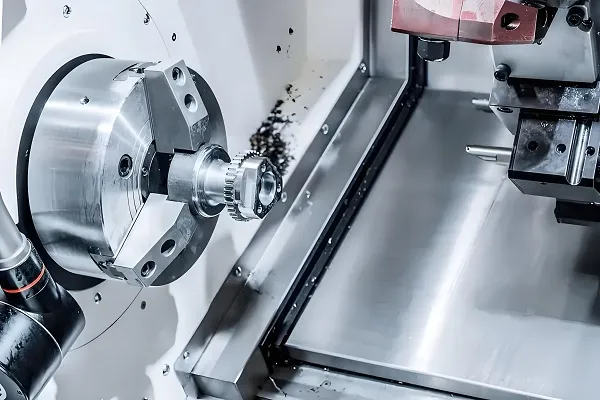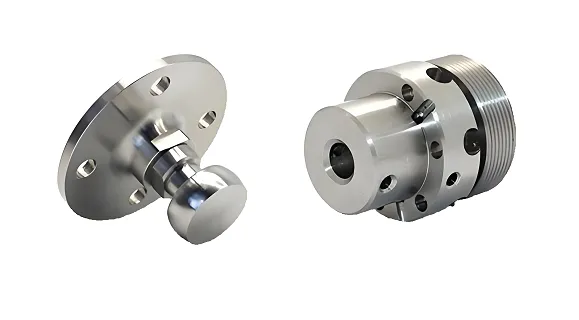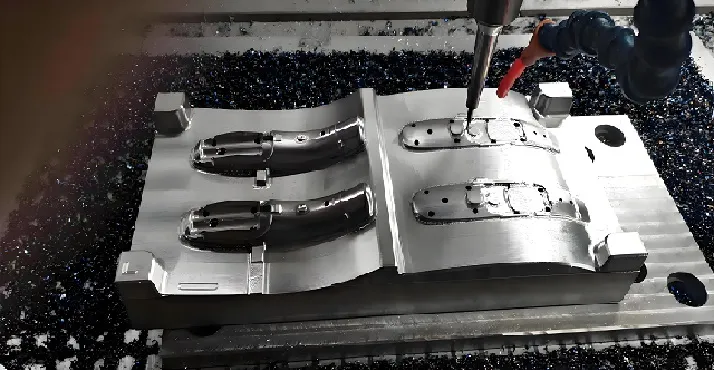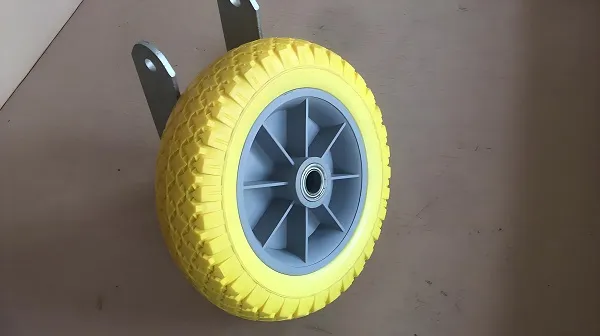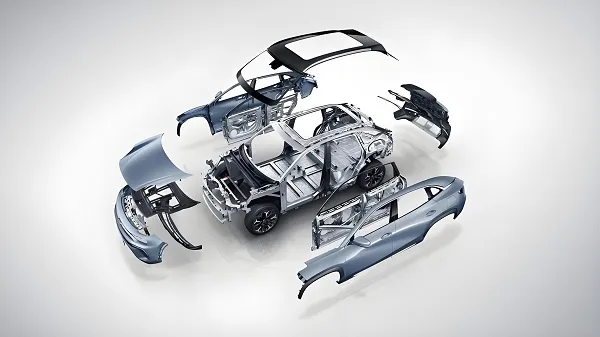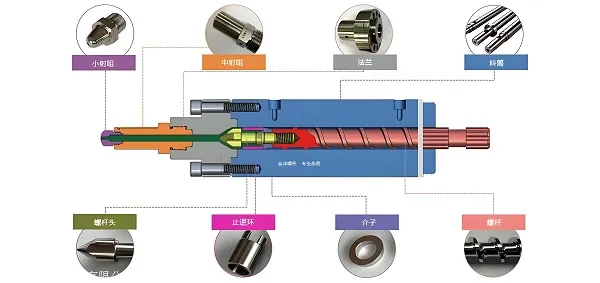Plastic molded parts are various parts or products manufactured through the plastic molding process. These molded parts are widely used in many industries such as automotive, electronics, home appliances, packaging, medical and others, and are favored for their light weight, low cost, corrosion resistance, and ease of processing and molding. Plastic molding processes include injection molding, blow molding, extrusion molding, compression molding and other methods, each of which is suitable for plastic molded parts of different shapes, sizes and performance requirements.
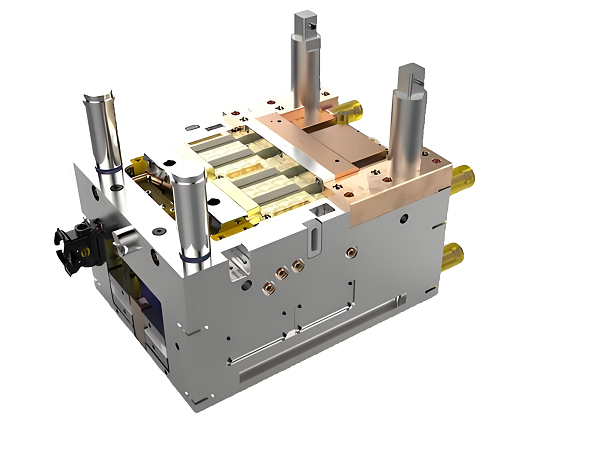
1. Technical principle of plastic molded parts
The technical principle of plastic molded parts lies in the use of plastic at high temperatures, softening, flow characteristics, through the mold constraints, so that the plastic in the mold cavity filling, cooling, curing, so as to obtain the required shape and size of the molded parts. Different molding processes differ in heating methods, plastic flow methods, mold structure, etc., but the basic principles are similar. Injection molding is one of the most common plastic molding methods, it is injected into the mold cavity through high-pressure molten plastic, to be cooled and cured after demolding to get molded parts.
2.Plastic molded parts product customization
Plastic molded parts support highly customized services to meet the specific needs of different industries and customers. The process of product customization usually includes the following steps:
Demand analysis: In-depth communication with customers to clarify the shape, size and performance requirements of the product.
Mold design: According to customer demand for mold design, to ensure that the mold structure is reasonable, easy to process, low cost.
Mold Manufacturing: Adopt advanced processing equipment and technology to manufacture molds to ensure mold precision and durability.
Molding production: Heat the plastic raw material to molten state, and manufacture the molded parts through the molding process.
Quality Inspection: Strict quality inspection is carried out on the molded parts to ensure that the products meet the requirements of customers.
3.Introduction of plastic molding materials
There are many kinds of materials commonly used for plastic molding parts, and each material has unique characteristics and application scope. The following is a list of some common plastic materials and their ●.
Polypropylene (PP): good chemical resistance, moderate heat resistance, low cost, suitable for the manufacture of daily necessities, packaging materials.
It is lightweight, easy to process, and impact resistant.
Non-toxic, odorless, environmentally friendly and recyclable.
●Good heat resistance, can withstand a certain high temperature environment.
●General abrasion resistance, not suitable for high wear occasions.
Polycarbonate (PC): high transparency, high impact strength, good heat resistance, suitable for the manufacture of optical products, electronic and electrical components.
● High transmittance, good optical properties.
●Good weather resistance, not easy to aging and yellowing for long-term use.
Good processing performance, easy to mold complex structures.
Relatively high cost, but superior performance.
4.Plastic Molded Parts Product Characteristics
Product: Plastic molded parts
●High dimensional accuracy, within ±0.1mm.
●Excellent surface quality, no obvious defects, bubbles or shrinkage holes.
●Good corrosion resistance, can resist the erosion of many kinds of chemical substances.
●Light weight, compared with metal materials can significantly reduce the weight of the product.
●Large degree of design freedom, can manufacture complex shapes and variable structure of molded parts.
Plastic Molded Parts FAQ
Q1: What are the advantages of plastic molded parts?
A: Plastic molded parts have the advantages of light weight, low cost, corrosion resistance, easy processing and molding, and are widely used in various fields.
Q2: How to choose the right plastic material?
A: Choosing the right plastic material needs to be considered according to the specific needs of the product, the use of the environment, the cost budget and other factors. Different materials have different characteristics and scope of application, and need to be selected according to the actual needs.
Q3: How to ensure the dimensional accuracy of plastic molded parts?
A: The dimensional accuracy of plastic molded parts mainly depends on the precision of the mold and the control of the molding process. Through accurate mold design and manufacturing, reasonable molding process parameter setting and strict quality inspection process, the dimensional accuracy of molded parts can be ensured to meet the requirements.

